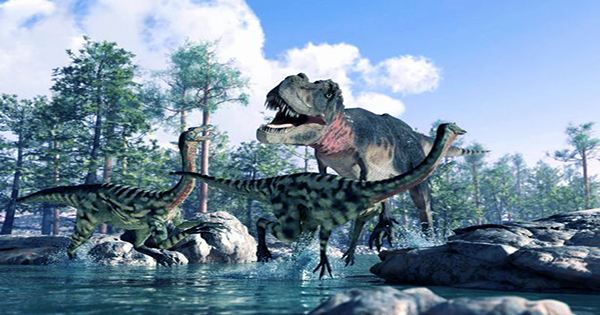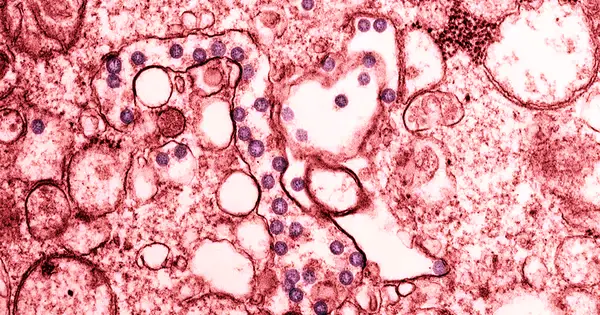Even though the big panda only eats fibrous bamboo, it manages to keep fat and healthy. Researchers report in the journal Cell Reports that changes in the bear’s gut microbiota during the season when nutritious bamboo shoots become available to help the herbivorous bear gain more weight and store more fat, possibly compensating for the lack of nutrients in seasons when only bamboo leaves are available.
“This is the first time we established a causal relationship between a panda’s gut microbiota and its phenotype,” says first author Guangping Huang, at the Institute of Zoology, Chinese Academy of Sciences.
“We’ve known these pandas have a different set of gut microbiota during the shoot-eating season for a long time, and it’s very obvious that they are chubbier during this time of the year.”
The giant panda (Ailuropoda melanoleuca), often known as the panda bear, is a bear-like creature that lives in bamboo forests in central China’s Himalayas. Its stunning black and white coat, paired with its massive physique and round face, gives it a mesmerizing appeal that has won it fans all over the world.
As a result of variations in the food supply, many animals experience a seasonal shift in gut flora. For example, in the summer, when they get to consume fresh leaves and fruits, certain monkey species have a distinct gut microbiota than in the winter, when they eat tree bark.
Causal research of host phenotype and gut microbiota in wild animals is just beginning. Identifying what bacteria are beneficial for animals is very important, because one day we may be able to treat some diseases with probiotics.
Guangping Huang
The Hadza people, who are modern hunter-gatherers living in Tanzania, experience a similar transition as the type of available food changes over the year. For decades, the team has been studying wild giant pandas in the Qinling Mountains of central China, led by Fuwen Wei of the Institute of Zoology.
These creatures eat fibrous bamboo leaves for most of the year. They do, however, get to eat newly sprouting bamboo shoots, which are high in protein, in the late spring and early summer.
Wei claims that during the shoot-eating season, these wild pandas had a considerably higher amount of a bacterium called Clostridium butyricum in their intestines than during the leaf-eating season.
The scientists performed a fecal transplant of panda feces gathered in the wild to germ-free mice to see if a change in gut microbiota could impact a panda’s metabolism. The mice were then provided a bamboo-based diet for three weeks, simulating what pandas eat.
Despite eating the same amount of food, mice transplanted with panda feces taken during the shoot-eating season developed much more weight and fat than mice transplanted with excrement collected during the leaf-eating season.
Further research indicated that the metabolic product of C. butyricum, butyrate, can boost lipid synthesis and storage by upregulating the expression of a circadian rhythm gene called Per2. Pandas’ gut microbiota alters seasonally, synchronizing the host’s peripheral circadian rhythm and altering lipid metabolism.
“For endangered and vulnerable wild animals, we can’t really run tests on them directly. Our research created a mouse model for future fecal transplant experiments that can help study wild animals’ gut microbiota,” Huang says.
The team’s next goal is to identify more bacteria in the panda’s gut and learn more about how they affect the animal’s health.
“Causal research of host phenotype and gut microbiota in wild animals is just beginning. Identifying what bacteria are beneficial for animals is very important, because one day we may be able to treat some diseases with probiotics,” Huang says.
















